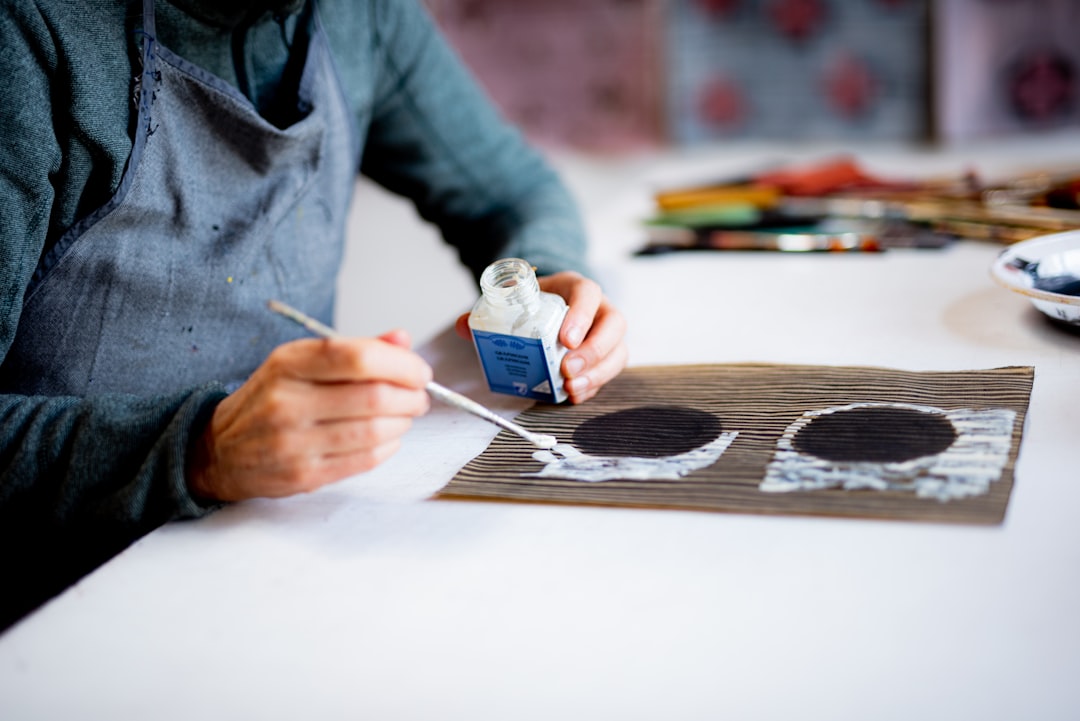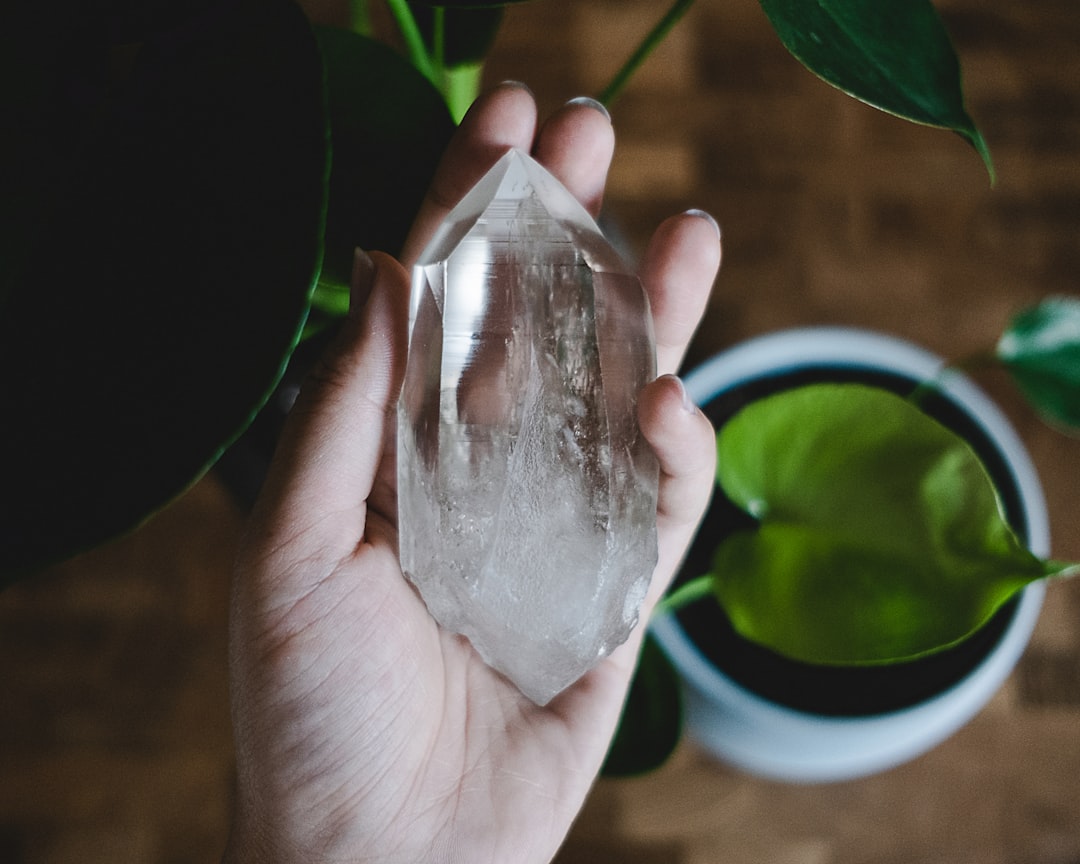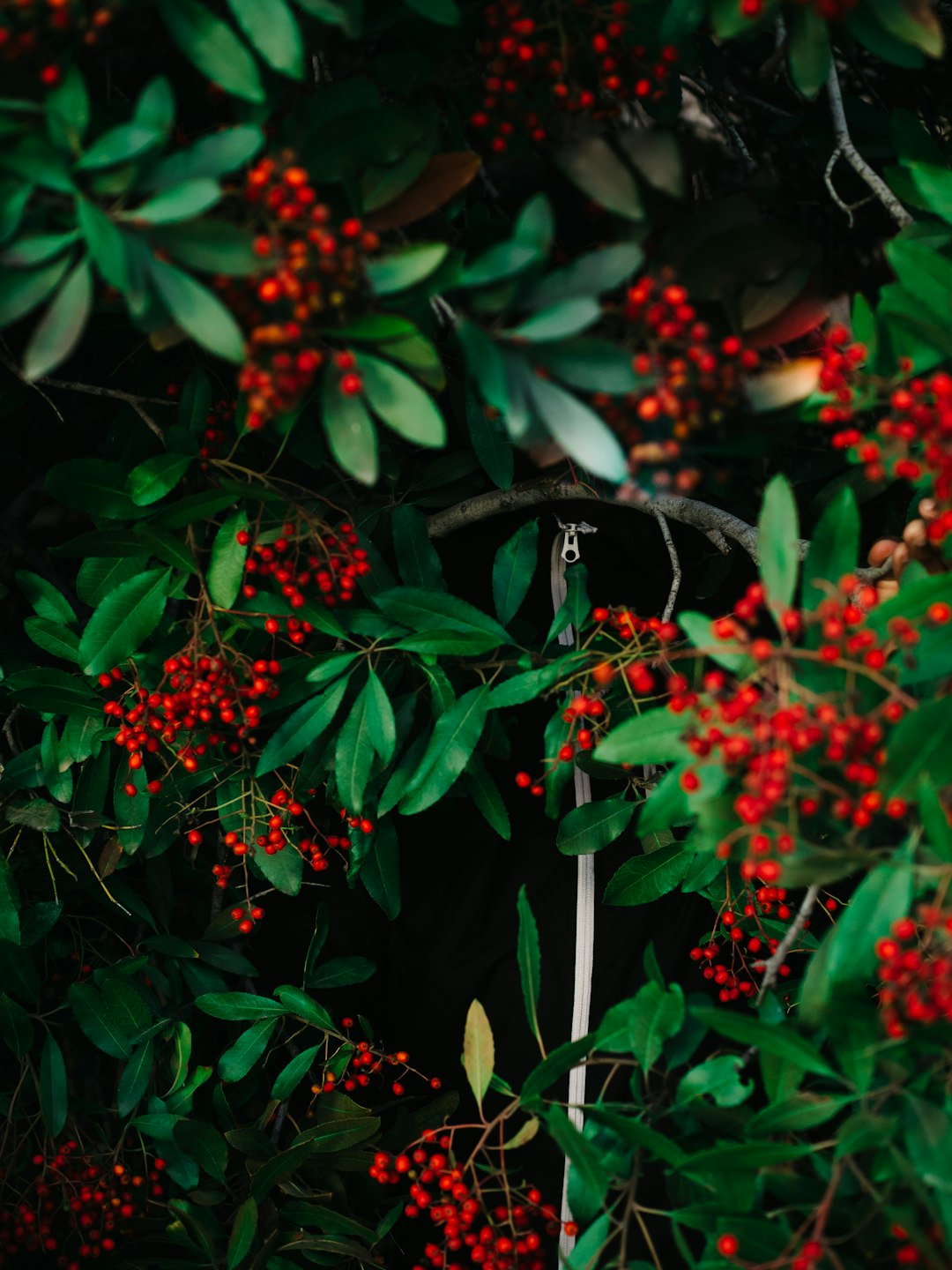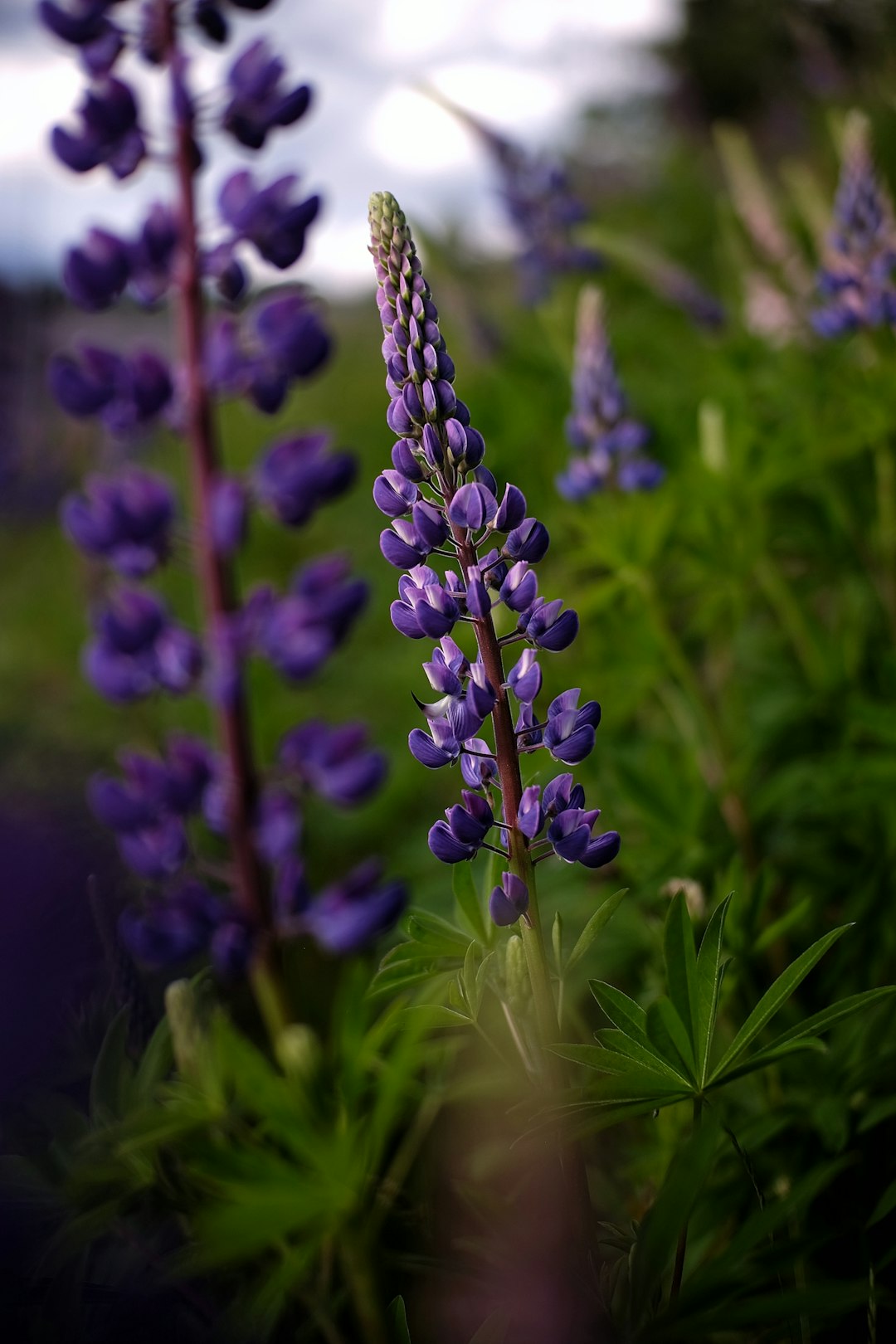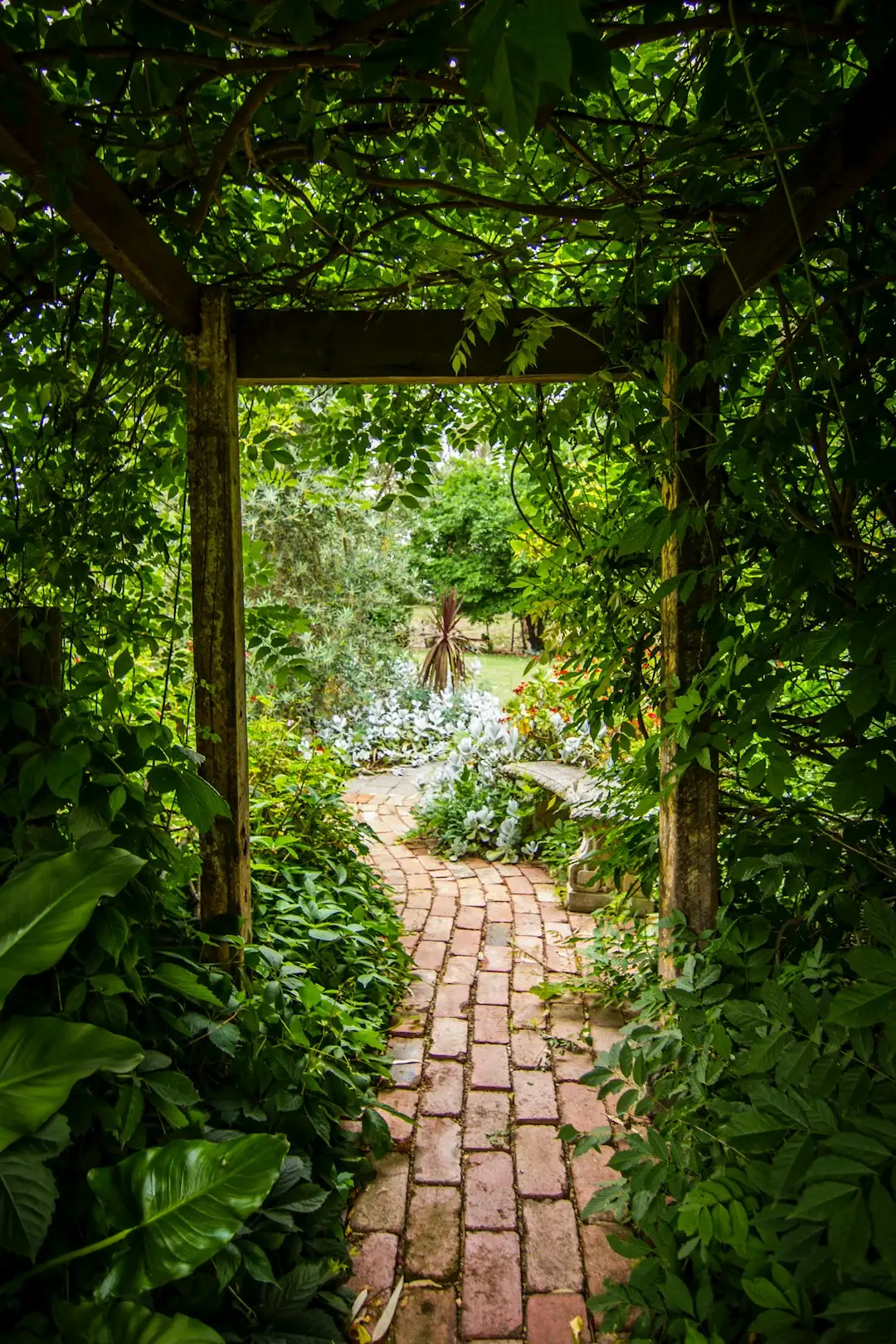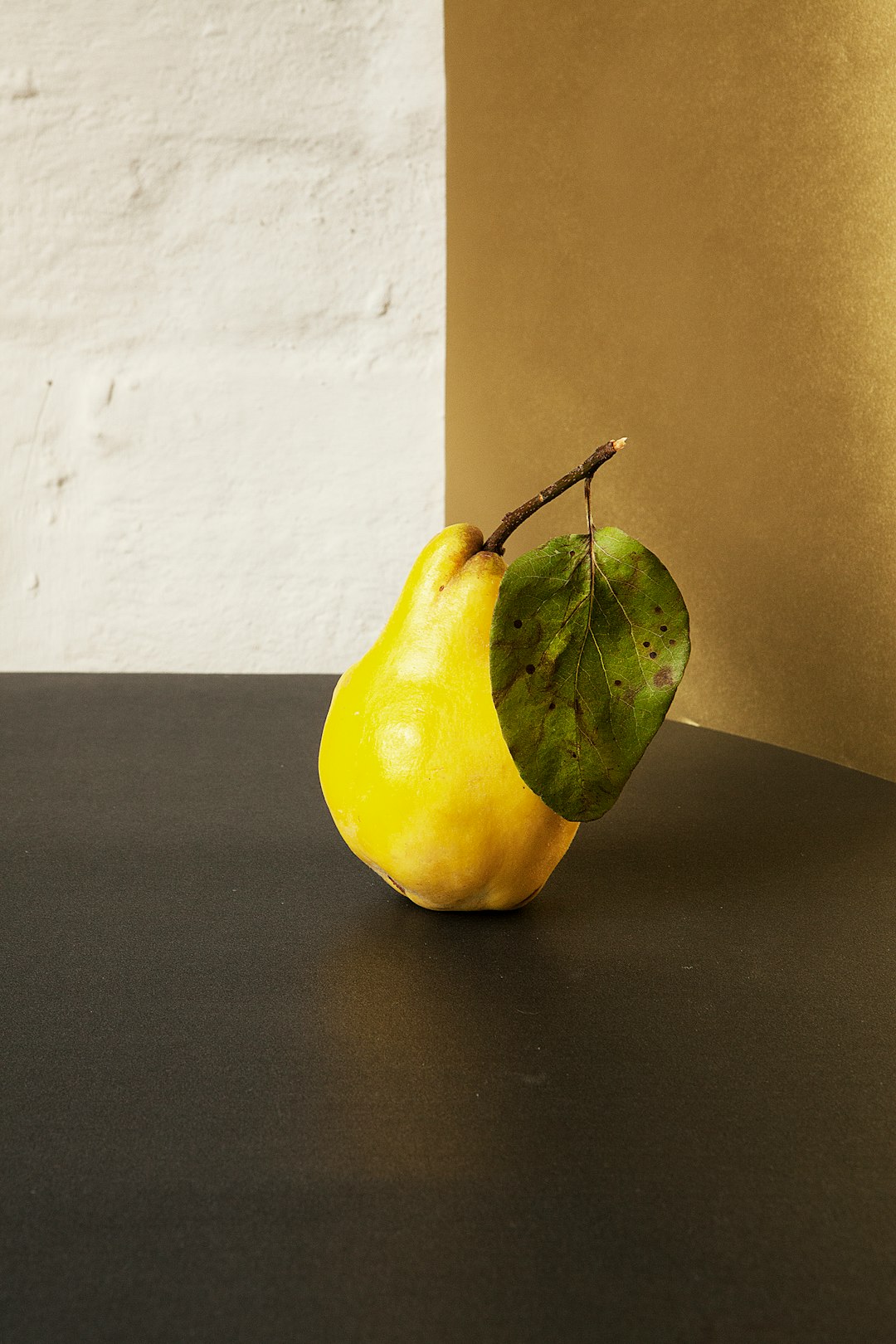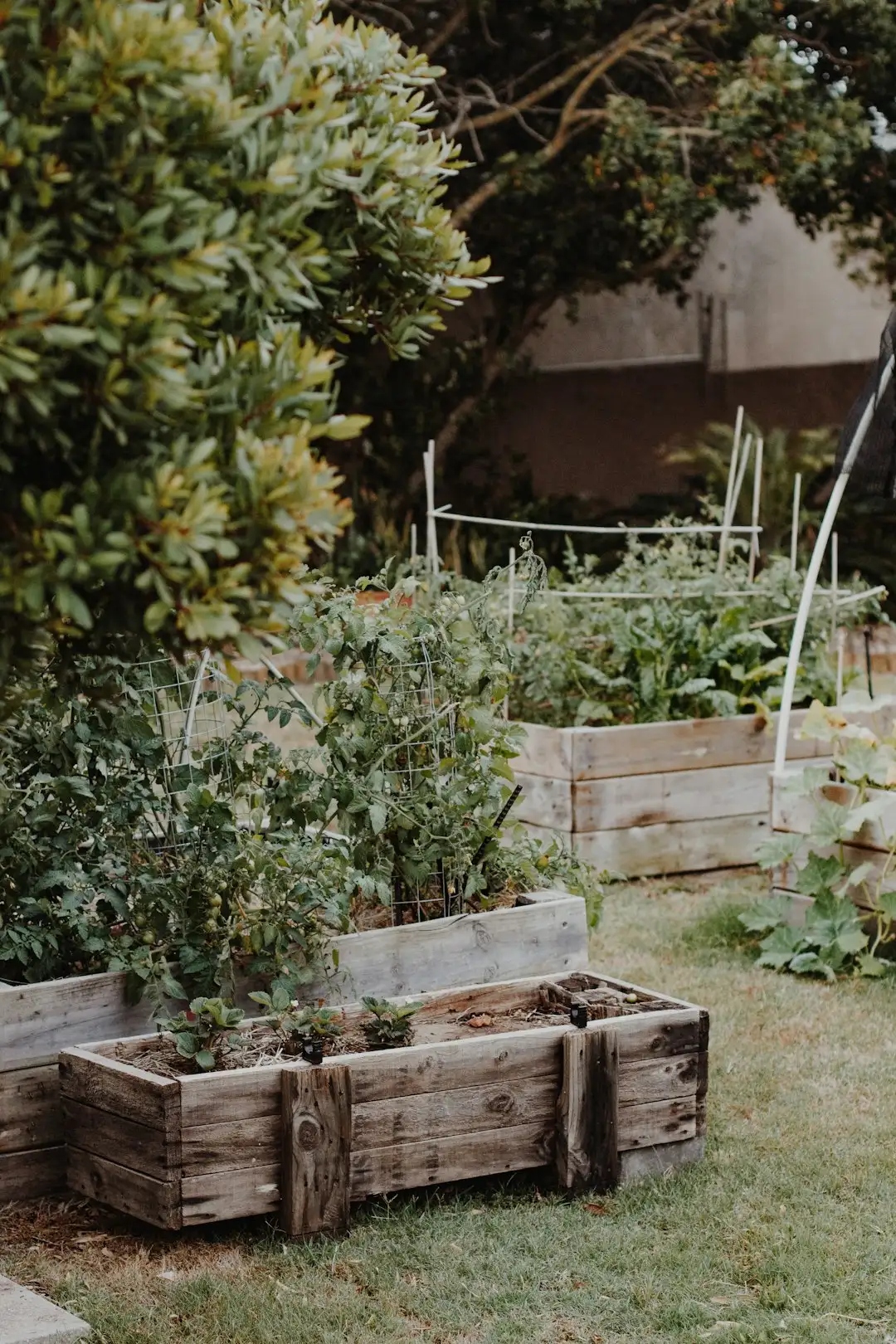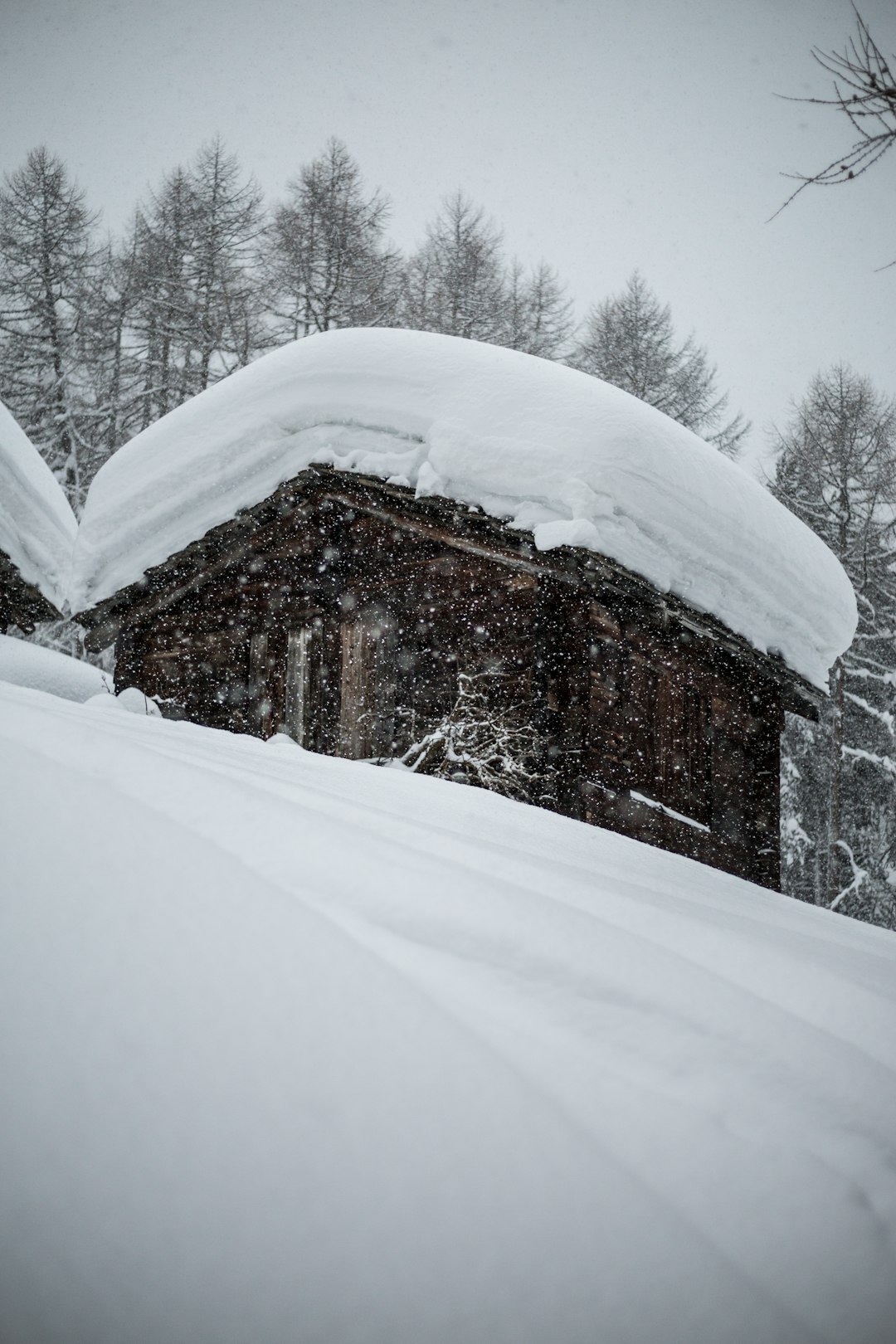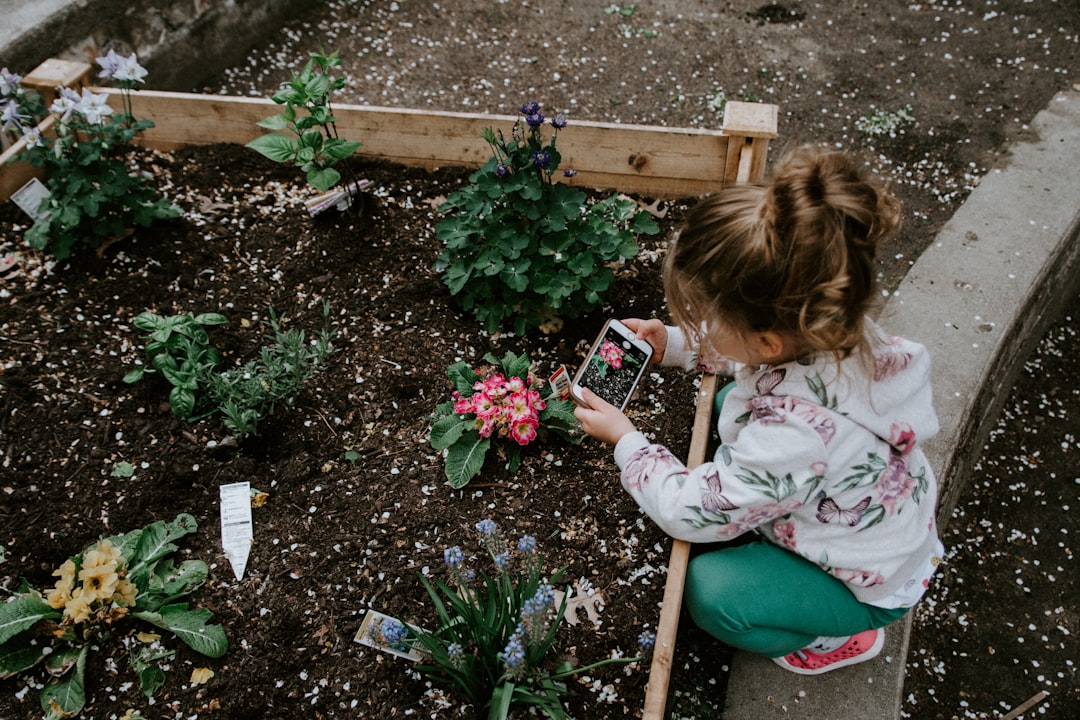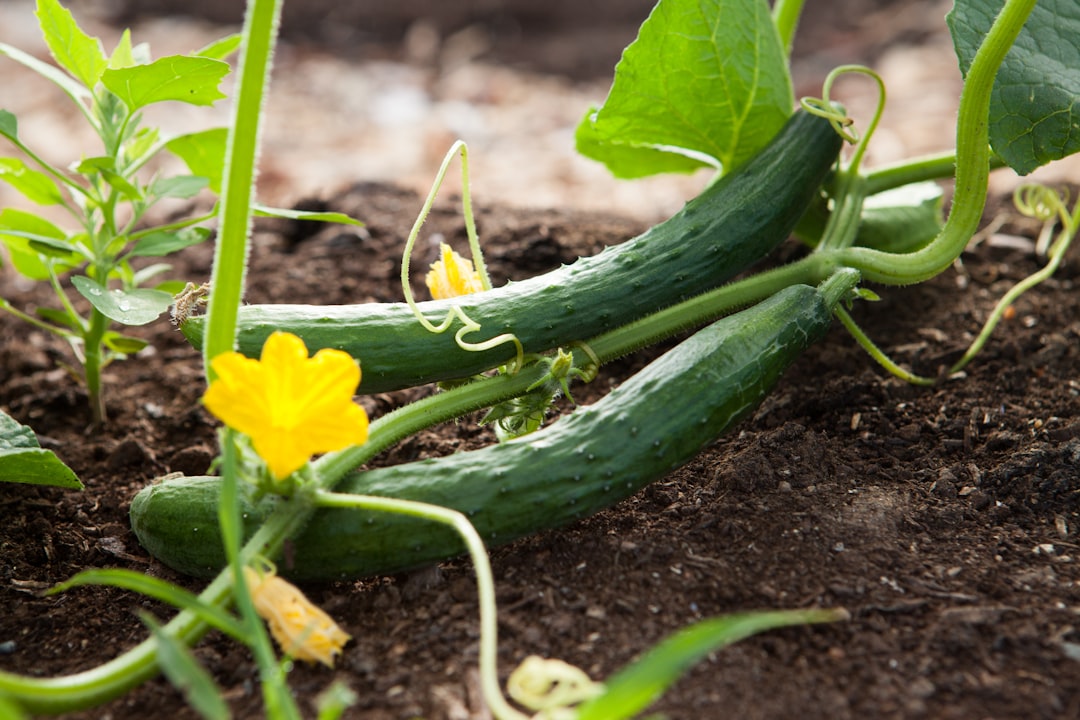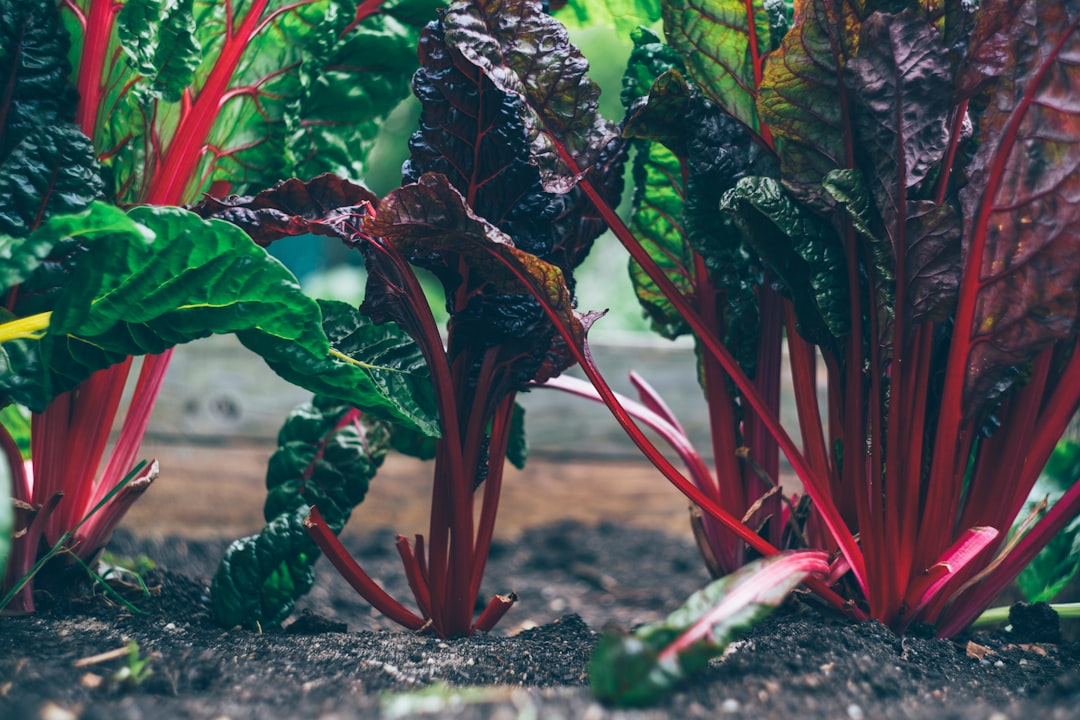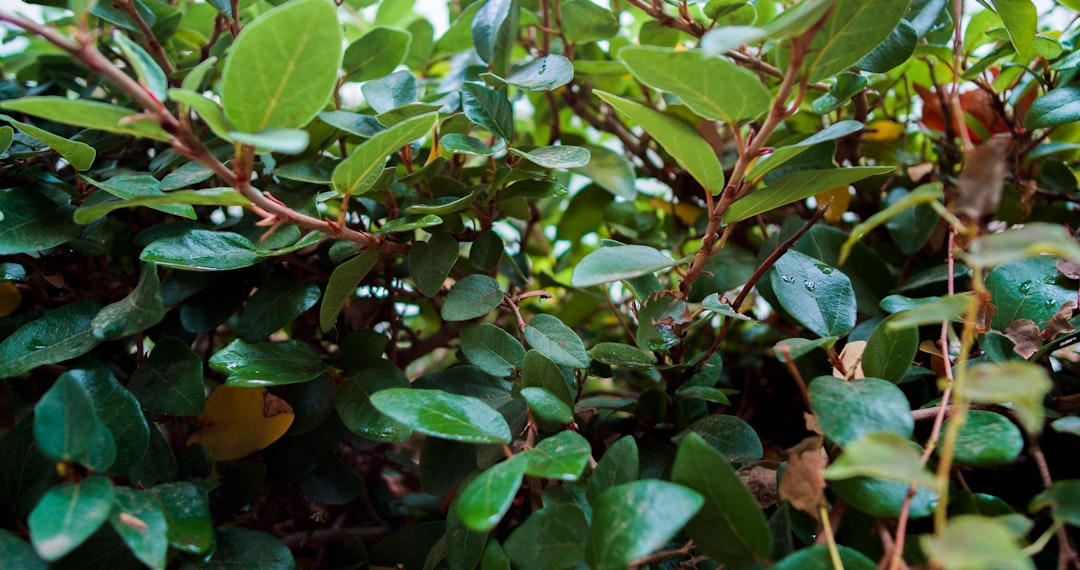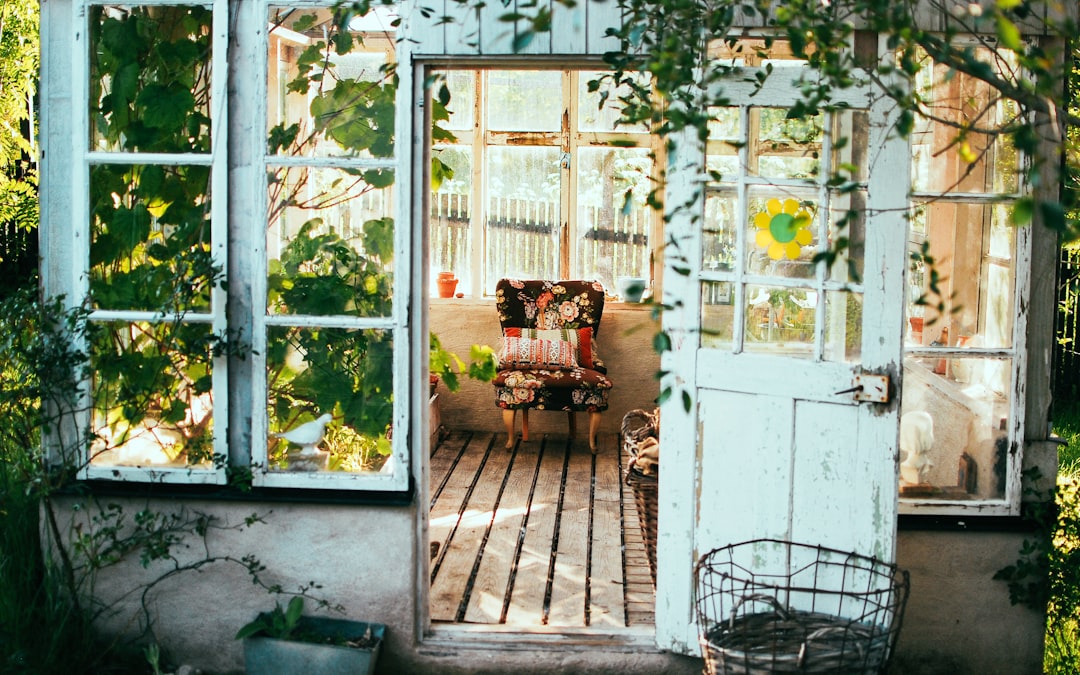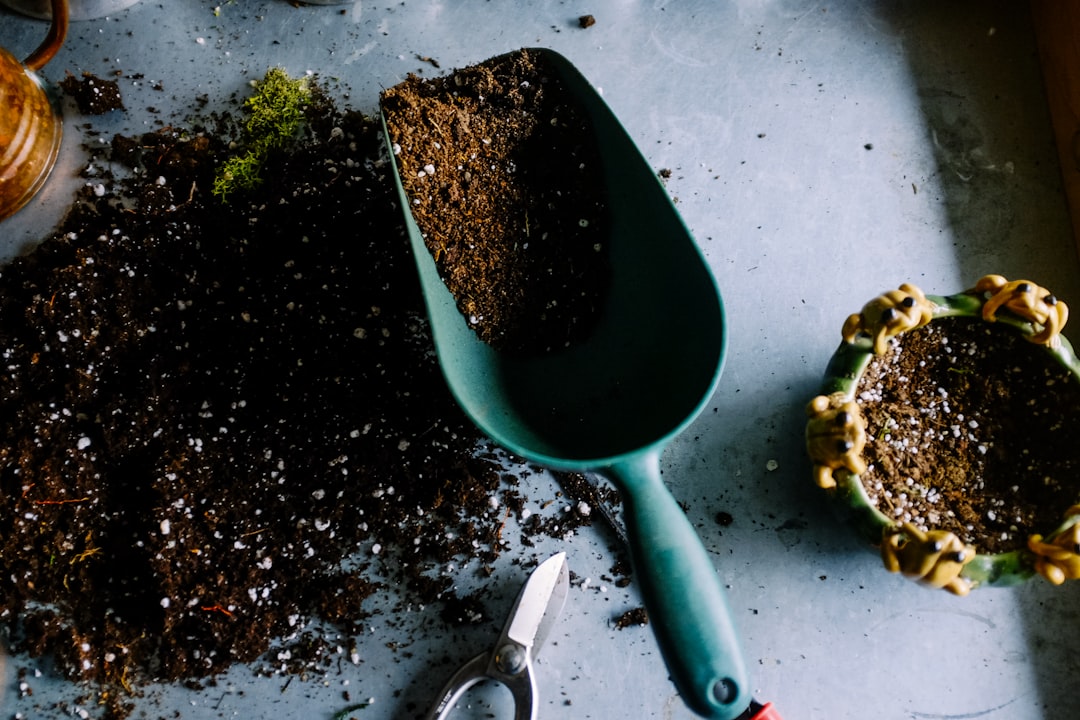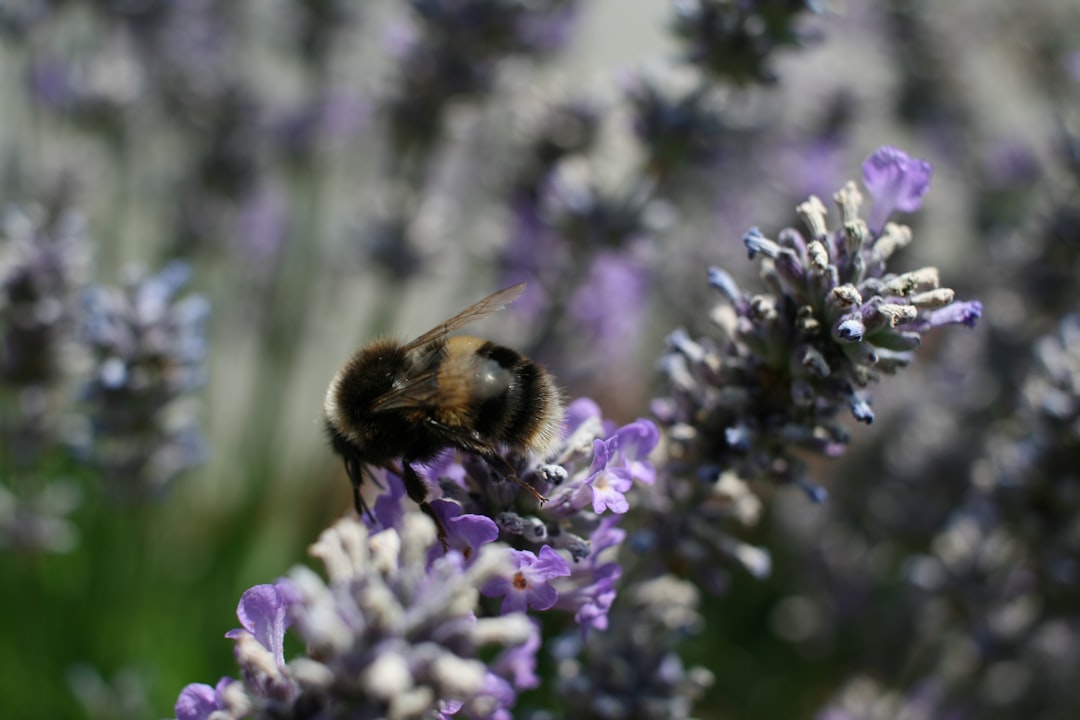
Spring bulbs are a delightful addition to any garden, bringing a burst of color and fragrance after the long, cold winter. However, to ensure that your bulbs thrive and produce beautiful blooms, it's essential to know the best time and depth to plant each type. In this article, we'll explore the ins and outs of spring bulb planting, so you can create a stunning floral display in your garden.
### Understanding Spring Bulbs
Spring bulbs are underground storage organs that contain all the nutrients and energy a plant needs to grow and flower. They come in a variety of shapes, sizes, and colors, and each type has its own unique planting requirements. Some of the most popular spring bulbs include tulips, daffodils, hyacinths, crocuses, and snowdrops.
### Best Time to Plant Spring Bulbs
The best time to plant spring bulbs depends on the type of bulb and your climate. In general, most spring bulbs should be planted in the fall, before the ground freezes. This allows the bulbs to establish roots before the winter and ensures that they will bloom in the spring.
#### Tulips
Tulips are one of the most popular spring bulbs, and they come in a wide range of colors and varieties. They should be planted in the fall, about 6 to 8 weeks before the first hard frost. In most regions, this means planting tulip bulbs in late September or early October.
#### Daffodils
Daffodils are another popular spring bulb, known for their bright yellow or white flowers. They are also planted in the fall, about 6 to 8 weeks before the first hard frost. Daffodils are more cold-hardy than tulips, so they can be planted a little later in the season.
#### Hyacinths
Hyacinths are fragrant spring bulbs that come in a variety of colors, including pink, purple, blue, and white. They should be planted in the fall, about 6 to 8 weeks before the first hard frost. Hyacinths prefer well-drained soil and full sun to partial shade.
#### Crocuses
Crocuses are small, early-blooming spring bulbs that are often the first flowers to appear in the garden. They should be planted in the fall, about 4 to 6 weeks before the first hard frost. Crocuses are very cold-hardy and can tolerate light snow and frost.
#### Snowdrops
Snowdrops are delicate, white spring bulbs that are often the first flowers to bloom in the garden. They should be planted in the fall, about 4 to 6 weeks before the first hard frost. Snowdrops prefer moist, well-drained soil and partial shade.
### How Deep to Plant Spring Bulbs
The depth at which you plant spring bulbs depends on the size of the bulb. As a general rule, bulbs should be planted at a depth that is two to three times their height. For example, if you have a tulip bulb that is 2 inches tall, you should plant it at a depth of 4 to 6 inches.
#### Planting Tips
- Prepare the soil before planting by loosening it to a depth of at least 12 inches and adding compost or other organic matter to improve drainage and fertility.
- Dig a hole that is the appropriate depth for the bulb and place the bulb in the hole with the pointed end facing up.
- Cover the bulb with soil and gently firm the soil around the bulb to remove any air pockets.
- Water the bulbs thoroughly after planting to help them settle in and establish roots.
### Caring for Spring Bulbs
Once you've planted your spring bulbs, it's important to care for them properly to ensure that they thrive and produce beautiful blooms. Here are some tips for caring for spring bulbs:
- Water the bulbs regularly during the growing season, especially during dry spells. However, be careful not to overwater the bulbs, as this can cause them to rot.
- Fertilize the bulbs in the fall with a balanced fertilizer to provide them with the nutrients they need to grow and flower.
- After the bulbs have finished blooming, allow the foliage to die back naturally. This allows the bulbs to store energy for the next growing season.
- Divide the bulbs every few years to prevent overcrowding and ensure that they continue to produce healthy blooms.
### Conclusion
Planting spring bulbs is a rewarding and enjoyable activity that can add beauty and color to your garden. By following the tips and guidelines outlined in this article, you can ensure that your bulbs are planted at the right time and depth and that they receive the proper care and attention they need to thrive. So, get out there and start planting some spring bulbs today, and enjoy the beautiful blooms that will follow in the spring!
New






